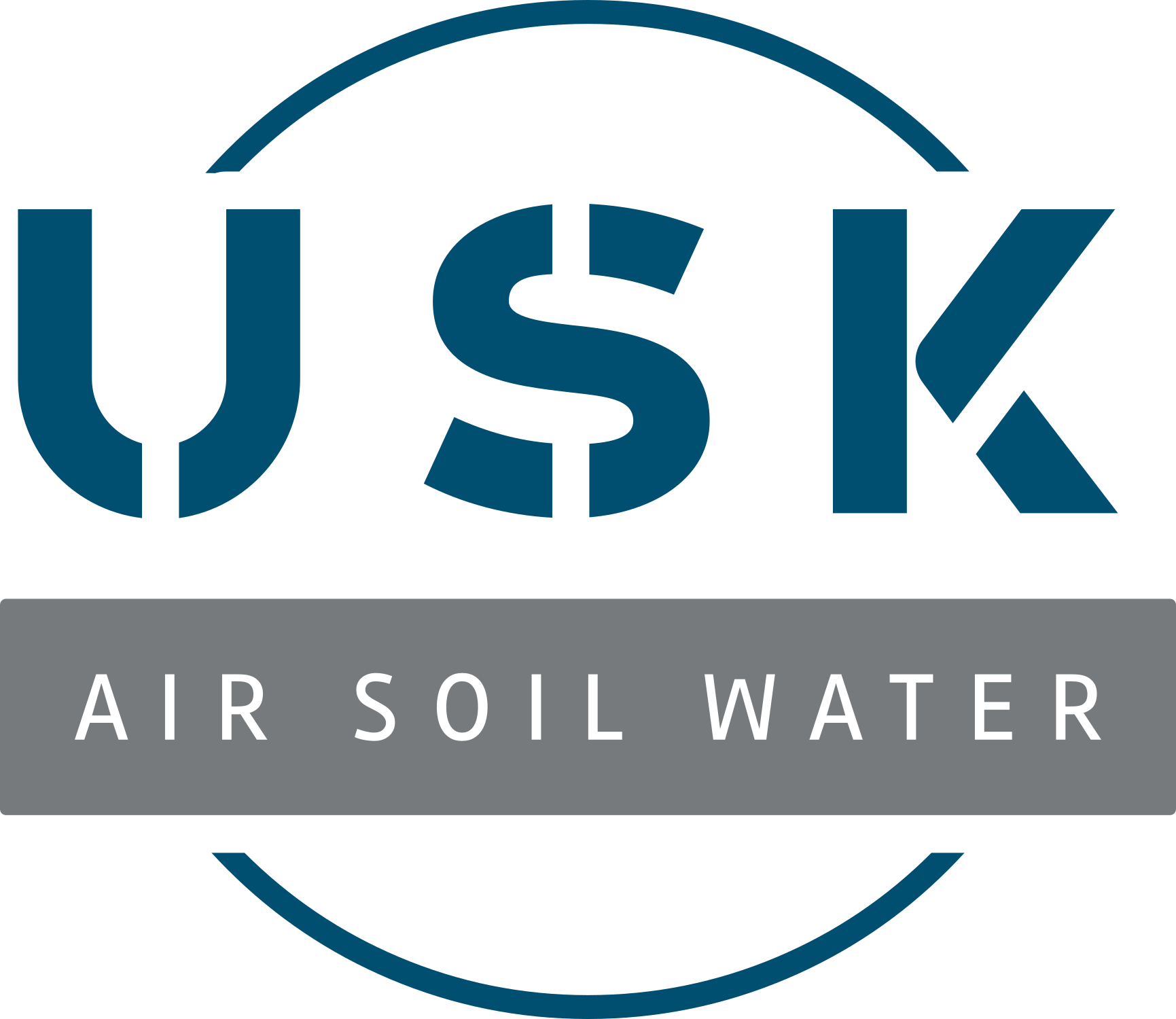Environmental Drilling
What is Environmental Drilling?
Environmental drilling is a crucial process used to investigate subsurface conditions for environmental purposes. By drilling into the ground, we collect soil, rock, and groundwater samples. These samples are meticulously analyzed to detect the presence and concentration of contaminants, providing a clear picture of the environmental health of a site.
Environmental Drilling Capabilities
Sonic Drilling: Sonic drilling employs high-frequency, resonant energy to advance a drill string and casing into subsurface formations. This method reduces friction on the drill bit and allows for rapid penetration through a variety of soil and rock types while maintaining core integrity for high-quality sample recovery.
Air Rotary: Air rotary drilling utilizes compressed air to facilitate the removal of cuttings from the borehole. This technique is effective for rapid drilling in hard rock formations and is commonly used for deep borehole drilling where water or mud circulation is not feasible.
Auger Drilling: Auger drilling involves the use of helical screw blades, or augers, to penetrate and transport cuttings to the surface. This method is suitable for shallow, unconsolidated formations and is often employed in environmental and geotechnical investigations.
Mud Rotary Drilling: Mud rotary drilling uses a circulating drilling fluid, or “mud,” to stabilize the borehole, cool the drill bit, and transport cuttings to the surface. It is effective for drilling in a variety of soil conditions and is particularly useful for deeper boreholes.
Probe-Direct Push: Direct push technology involves driving tools and sensors into the ground without the need for drilling. This method allows for rapid, cost-effective collection of soil, groundwater, and soil gas samples, as well as in-situ testing and analysis.
Injection Services: Injection services involve the delivery of remediation agents or other materials into the subsurface to treat contamination or alter subsurface conditions. This precise application targets specific zones to maximize the effectiveness of the treatment.
Rock Coring: Rock coring is the process of extracting rock samples from the subsurface using a core barrel. This method provides intact samples for detailed geological, geotechnical, and environmental analysis.
All-terrain Drilling Equipment: All-terrain drilling equipment is designed to access and operate in challenging environments, including rough, uneven, or remote terrains. These rigs are equipped to handle diverse site conditions while maintaining drilling efficiency and safety.
Groundwater & Vapor Sampling: Groundwater and vapor sampling involves the collection of subsurface water and soil gas samples to assess the presence and concentration of contaminants. This data is critical for understanding site conditions and developing remediation strategies.
Vacuum Excavation: Vacuum excavation uses high-powered suction to remove soil and debris, providing a safe and precise method for exposing underground utilities and other subsurface features without the risk of damage.
Isolated Zone Packer Testing: Isolated zone packer testing involves the use of inflatable packers to isolate specific sections of a borehole for hydraulic testing or sampling. This method allows for targeted assessment of subsurface zones, providing valuable data on permeability and fluid flow.
Low Clearance/Remote Access Drilling: Low clearance and remote access drilling techniques are designed to operate in confined spaces or hard-to-reach areas. Specialized equipment and methodologies ensure effective drilling in challenging environments.
Level D, C, and B Drilling: Level D, C, and B drilling refer to the use of personal protective equipment (PPE) and safety protocols required for drilling operations based on the level of potential hazard exposure. These levels ensure the safety of personnel while conducting drilling activities in contaminated or hazardous environments.
Well Decommissioning: Well decommissioning is the process of safely closing and sealing unused or abandoned wells to prevent contamination of groundwater resources. This involves removing or sealing the well casing and filling the borehole with appropriate materials.
Discrete Groundwater Sampling: Hydropunch, GWS, Waterloo Sampler, and Screen Point sampling are various types of discrete groundwater sampling techniques that allow for the collection of water samples from specific depths without the need to install a permanent well. This method is efficient for preliminary site investigations and monitoring.
Environmental Soil Sampling: Environmental soil sampling involves the systematic collection and analysis of soil samples to assess contamination levels and soil properties. This data is essential for characterizing site conditions and informing remediation and land management decisions.

